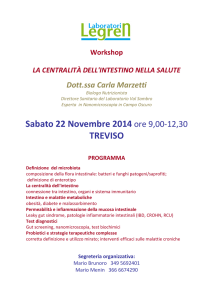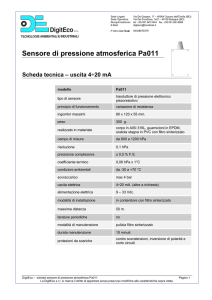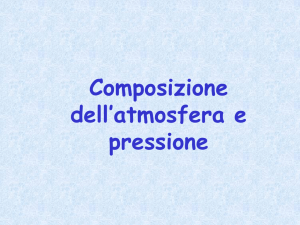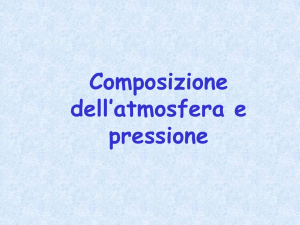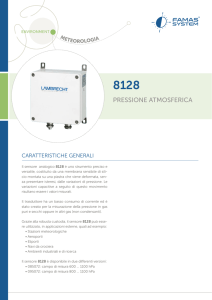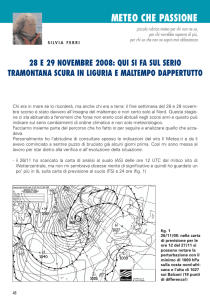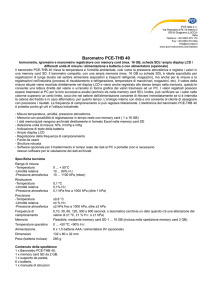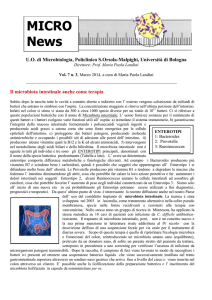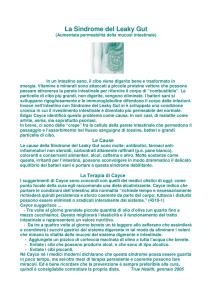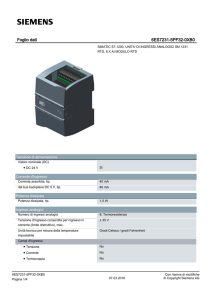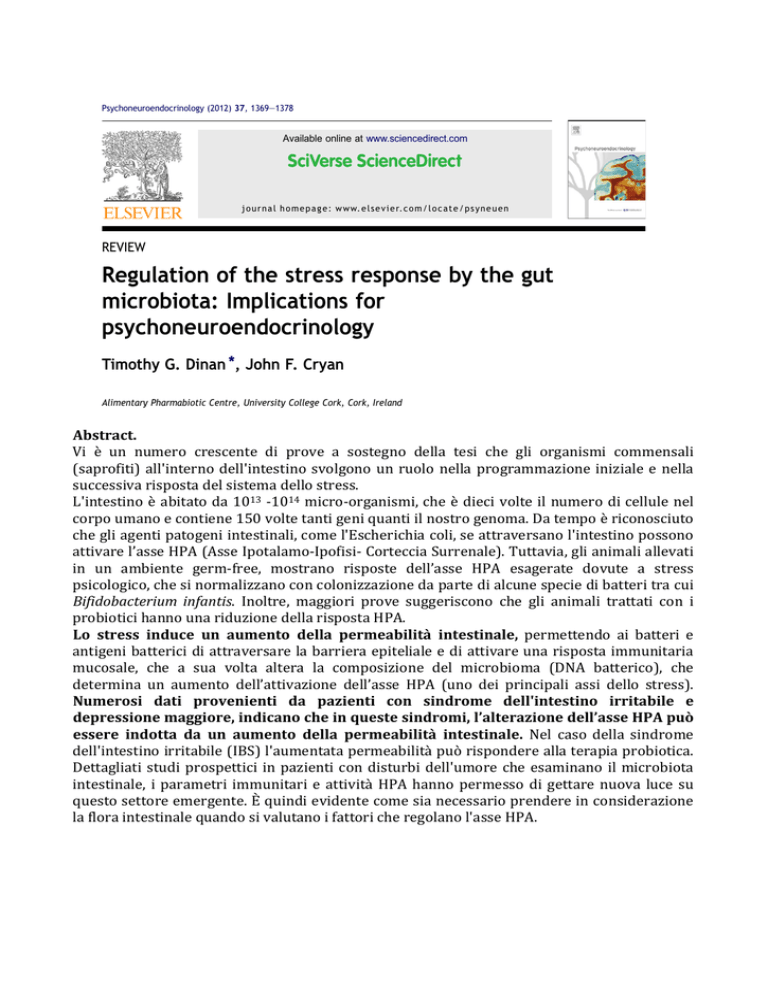
Psychoneuroendocrinology (2012) 37, 1369—1378
Available online at www.sciencedirect.com
j o u r n a l h o m e p a g e : w w w. e l s e v i e r. c o m / l o c a t e / p s y n e u e n
REVIEW
Regulation of the stress response by the gut
microbiota: Implications for
psychoneuroendocrinology
Timothy G. Dinan *, John F. Cryan
Alimentary Pharmabiotic Centre, University College Cork, Cork, Ireland
Received 1 February 2012; received in revised form 7 March 2012; accepted 7 March 2012
Abstract. Vi è un numero crescente di prove a sostegno della tesi che gli organismi commensali Summary There
is now an expanding
volume
of evidence
to support the view thatiniziale commensal e nella KEYWORDS
(saprofiti) all'interno dell'intestino svolgono un ruolo nella programmazione organisms within the gut play a role in early programming and later responsivity of the stress
Brain—gut axis;
successiva risposta del sistema ello system.dThe
gut s
istress. inhabited by 1013—1014 micro-organisms, which is ten times the number of cells
Microbiota;
13
14
L'intestino è abitato da 10
micro-­‐organismi, che è dieci volte il numero di cellule nel the human
body and contains 150 times as many genes as our genome. It has long been
in -­‐10
HPA;
gut pathogens
as Escherichia
coli,g
ifenoma. they enter the
guttcan
activate
HPA.
recognised
corpo Probiotics;
umano e contiene 150 volte that
tanti geni qsuch
uanti il nostro Da empo è the
riconosciuto However, animals raised in a germ-free environment show exaggerated HPA responses to
Germ-free;
che gli agenti patogeni intestinali, come l'Escherichia coli, se attraversano l'intestino possono psychological stress, which normalises with monocolonisation by certain bacterial species
Stress;
Moreover,
increased evidence
suggests that
animals
treatedallevati including Bifidobacterium infantis.
attivare l’asse HPA (Asse Ipotalamo-­‐Ipofisi-­‐ Corteccia Surrenale). Tuttavia, gli animali Novel
psychotropics
with probiotics have a blunted HPA response. Stress induces increased permeability of the gut
in un ambiente germ-­‐free, mostrano risposte dell’asse HPA esagerate dovute a stress allowing bacteria and bacterial antigens to cross the epithelial barrier and activate a mucosal
psicologico, che si normalizzano con colonizzazione dcomposition
a parte d
alcune specie di tobenhanced
atteri tra cui which in turn alters the
ofi the
microbiome
and leads
immune response,
drive.
Increasing
data
from
patients
with
irritable
bowel
syndrome
and
major
depression
HPA
Bifidobacterium infantis. Inoltre, maggiori prove suggeriscono che gli animali trattati con i indicate that in these syndromes alteration of the HPA may be induced by increased gut
probiotici hanno una riduzione della Inrthe
isposta HPA. bowel
case of irritable
syndrome the increased permeability can respond
permeability.
to probioticdella therapy. Detailed
prospective studies
in patients with mood
disorders examining
Lo stress induce un aumento permeabilità intestinale, permettendo ai the
batteri e gut microbiota, immune parameters and HPA activity are required to throw further light on this
antigeni batterici di attraversare la barriera epiteliale e di attivare una risposta immunitaria emerging area. It is however clear that the gut microbiota must be taken into account when
mucosale, che a sua volta altera thela composizione factors
regulating the HPA. del microbioma (DNA batterico), che considering
# 2012 Elsevier Ltd. All
rights reserved.
determina un aumento dell’attivazione dell’asse HPA (uno dei principali assi dello stress). Numerosi dati provenienti da pazienti con sindrome dell'intestino irritabile e depressione maggiore, indicano che in queste sindromi, l’alterazione dell’asse HPA può Contents
essere indotta da un aumento della permeabilità intestinale. Nel caso della sindrome 1. Introduction. . . . . . . . . . . . . . . . . . . . . . . . . . . . . . . . . . . . . . . . . . . . . . . . . . . . . . . . . . . . . . . . . . . . . . . . . . . . 1370
dell'intestino irritabile (IBS) l'aumentata permeabilità può rispondere alla terapia probiotica. 2. Brain—gut axis . . . . . . . . . . . . . . . . . . . . . . . . . . . . . . . . . . . . . . . . . . . . . . . . . . . . . . . . . . . . . . . . . . . . . . . . . . 1371
Dettagliati 3. ENS studi and CRF prospettici . . . . . . . . . . . . . .in . . .pazienti . . . . . . . . . .con . . . . .disturbi . . . . . . . . . . dell'umore . . . . . . . . . . . . . che . . . . . esaminano . . . . . . . . . . . . . .il . microbiota 1371
intestinale, i parametri immunitari e attività HPA hanno permesso di gettare nuova luce su questo settore emergente. È quindi evidente come sia necessario prendere in considerazione * Corresponding
authorqat:
Department
Psychiatry, Cork
UniversitycHospital,
Wilton, Cork,
Ireland. H
Tel.:
+353 21 4901224.
la flora intestinale uando si vofalutano i fattori he regolano l'asse PA. E-mail address: [email protected] (T.G. Dinan).
0306-4530/$ — see front matter # 2012 Elsevier Ltd. All rights reserved.
doi:10.1016/j.psyneuen.2012.03.007
Figure 1
Stress can alter barrier function in the gut increasing gut ‘leakiness’ and leading to an increase in proinflammatory cytokines which in turn can alter indoleamine 2,3-dioxygenase (IDO) activity. This leads to
altered tryptophan availability. Pro- inflammatory cytokines such as IL-1 and IL-6 together with 5-HT
influence the release of CRF and AVP from the paraventricular nucleus of the hypothalamus. Certain
probiotic bacteria can alter gut barrier function and via the vagus may impact on key central neurotransmitter
systems.
Traduzione:
Lo stress può alterare la funzione barriera nell’intestino favorendo un aumento della “debolezza” intestinale
e determinando un aumento delle citochine proinfiammatorie che a loro volta possono alterare l’attività
dell’indolamina 2,3-diossigenasi (IDO)1 . Ciò determina una alterazione nella disponibilità di triptofano. Le
citochine proinfiammatorie quali IL-1 e IL6 insieme a 5-HT influenzano il rilascio di CRF e AVP dai nuclei
paraventricolari dell’ipotalamo. Alcuni batteri probiotici possono alterare la funzione della barriera
intestinale e via nervo vago (X nervo cranico) possono intervenire sui sistemi chiave centrali
neurotrasmettitoriali.
1 Nota. L’enzima indoleamina 2,3 diossigenasi (IDO) catalizza la conversione dell’aminoacido essenziale
triptofano in chinurenine. Questa proprietà conferisce a IDO la capacità di inibire la risposta immunitaria sia
causando la deplezione dal microambiente di triptofano, che è necessario ai linfociti T per proliferare ed
espandersi, sia producendo metaboliti che possono causare l’apoptosi dei linfociti T.

